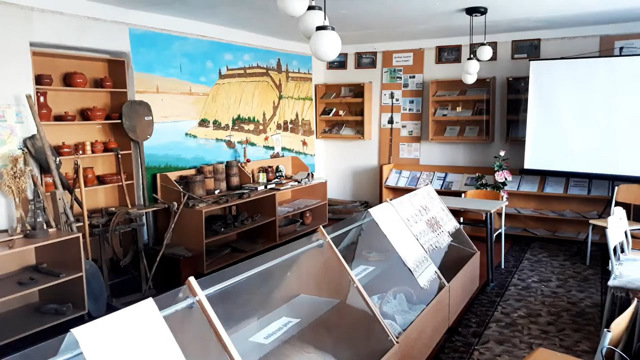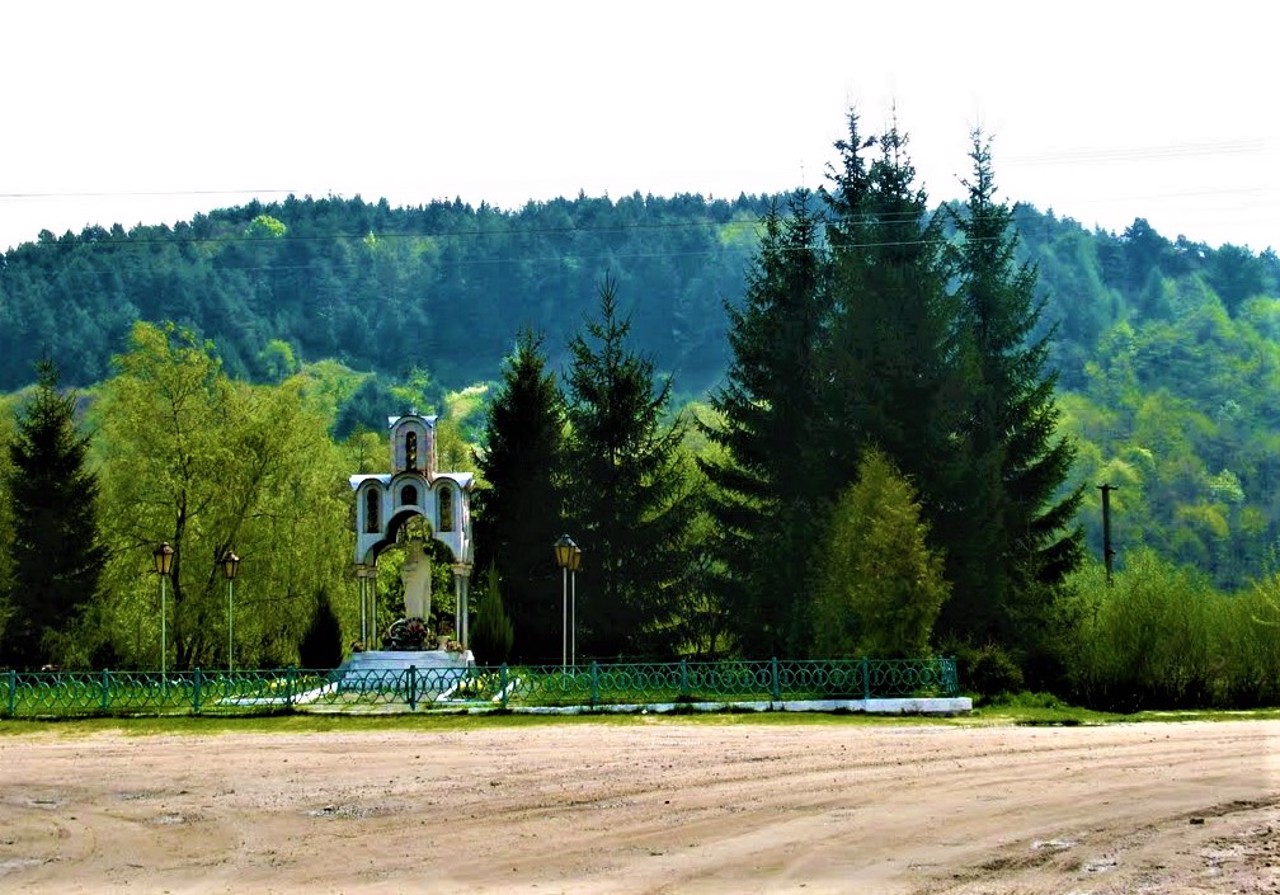Functional temporarily unavailable
General information about Stilsko
The village of Stilsko is one of the oldest historical settlements in the Lviv region.
It was first mentioned in Byzantine sources in the 14th century as the seat of the Halician Metropolis and, presumably, the capital of the tribe of White Croats. According to archeological data, the Stilsko settlement existed from the 9th century and occupied an area of 250 hectares between the present villages of Stilsko, Iliv and Dibrova. Fragments of earthen ramparts, pagan rock temples, caves and other traces have been preserved.
In 981-992, the principalities of the Croats were joined to Kyivan Rus by Grand Duke Volodymyr Svyatoslavovych. Stilsko was destroyed and no longer rose to the level of a city.
The church of Saint Paraskeva (1843) has been preserved.
Село Стільсько - один з найдавніших історичних населених пунктів Львівщини.
Вперше згадується у візантійських джерелах в XIV сторіччі як резиденція Галицької митрополії і, імовірно, столиця племені білих хорватів. За даними археології, Стільське городище існувало з IX століття і займало територію в 250 гектарів між нинішніми селами Стільсько, Ілів і Діброва. Збереглися фрагменти земляних валів, скельні язичницькі храми, печери та інші сліди.
В 981-992 роках князівства хорватів були приєднані до Київської Русі великим князем Володимиром Святославовичем. Стільсько було зруйноване і більше не піднялося до рівня міста.
Збереглася церква Святої Параскеви (1843 рік).
Сплануй своє перебування у Stilsko
What to see and where to go in Stilsko
Tourist attractions and museums of Stilsko

Ethnographic Museum
Museum / gallery
The school ethnographic museum of Stilsko village is located in the premises of the local educational complex. Its exposition includes 460 original exhibits.
In particular, maps and drawings of the Stilsko settlement, photos from archaeological excavations are presented. The interior of a peasant's house of the end of the 19th - beginning of the 20th century is reproduced.
The ethnographic collection includes embroidery, pottery, tools, musical instruments, etc.

Saint Paraskevia Church
Temple , Architecture
The Church of the Holy Great Martyr Paraskevia in the village of Stilsko was founded in 1831 next to the new cemetery at the foot of the Stilsko settlement.
Due to a lack of funds, the construction was delayed and was completed in 1843 thanks to the financial assistance of Count Stanislav Skarbek.
The architecture of the temple is an example of the Teresian style characteristic of that time. The church is single-nave, rectangular in plan, basilica type, with a three-tiered tower above the entrance. Above the entrance door, the coat of arms of Skarbek is embossed - as a sign of gratitude for his patronage. A stone arch-bell tower is placed in front of the entrance.
Now Saint Paraskevia Church belongs to the community of the Ukrainian Greek Catholic Church. The temple holiday is celebrated on November 10.

Stilsko Settlement
Archaeological site
The ancient Stilsko Settlement (Hillfort) with an area of 250 hectares is located on a high plateau between the villages of Stilsko, Iliv and Dubrova. In the 8th-10th centuries, the capital of the chronicled captives of the White Croats, who are considered the ancestors of today's Galicians, was located here.
White Croatia is mentioned for the first time in the book "On the management of the empire" by the Byzantine emperor Constantine the Red-headed. In 981-992, the principality of the Croats was annexed to Kyivan Rus by Grand Duke Volodymyr Svyatoslavych. Stilsko was destroyed and the level of the city did not rise again. In Byzantine sources of the 16th century, Stilsko is mentioned as the center of the Galician metropolis.
Since 2015, the archaeological sites of Stilsko and its surroundings have been part of the Historical and Cultural Reserve "Stilsko Settlement".
The center of the hillfort with a cubit surrounded by defensive ramparts is located on a hill rising above the church of Saint Paraskeva in the eastern part of the village. The names of the tracts "Golden Gate" and "Prince Well" remind us of the ancient buildings of the settlement.
In the nearby village of Dubrova, there are centers of pagan cults of the Stilsko settlement: the Temple of the Sun (or Sacrificial Stone, Dyriavets) and the cave cult complex of the White Croats. The latter is a rock with hollowed-out caves, in which, probably, the ministers of the pagan cult lived first, and then the Christian monks. Nowadays, local residents have turned the cells into cellars, installed doors, hung locks and store food in them.
Another ancient sanctuary is located in the village of Iliv.
Reviews Stilsko
Geographical information about Stilsko
| {{itemKey}} | {{itemValue}} |
|---|---|
| Region |
Lviv |


















